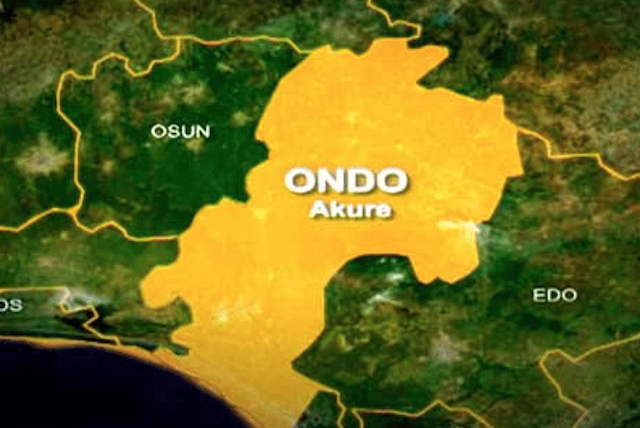The Ondo State Government on Wednesday urged its residents to be actively involved in the sanitation of the environment to mitigate the effects of flooding in the state.
Dr Olayide Adelami, Deputy Governor of the state, gave the advice in Akure at the flag off of 2025 Flood National Preparedness and Response Campaign (NPRC) organised by National Emergency Management Agency (NEMA).
The programme, in collaboration with Ondo State Emergency Management Agency (ODSEMA), has the theme “Strengthening Resilience, Enhancing Preparedness and Response”.
Adelami, represented by Dr Kola Falohun, the Deputy Chief of Staff, said the poor sanitation of the environment had led to choked drainages, which in turn, helped the effects of flooding.
“We have killed the spirit of sanitation. We rarely see people doing environmental sanitation. If we don’t sanitise the environment, then the drainages get choked up.
“When you have a lot of other challenges, not only water, It could be as a result of the way the environment is contaminated by man.
“Let us mitigate rather than arrest the situation when it starts. Key into what the government is doing. The communities should be involved,” he said.
Earlier, Mrs Zubaida Umar, Director-General, NEMA, said the agency, earlier, organised a two-day technical meeting to analyse the disaster risk management of Seasonal Climate Prediction (SCP) and Annual Flood Outlook (AFO)
Umar, represented by Mr Fred Anusim, Deputy Director, Planning Research and Forecasting, NEMA, said the meeting was part of the agency’s efforts at coordinating preparedness and response to flood incidents in Nigeria and Ondo State în particular.
According to her, one of the recommendations of that meeting is to intensify the physical downscaling of the early warning alerts and to enhance preparedness and response strategy in all the states of Nigeria.
“That is the essence why this team from NEMA Abuja is here today. I appreciate Nigeria Meteorological Services (NiMet), through their SCP, and the Nigeria Hydrological Service Agency (NIHSA) on their AFO for each climatic year.
“With the use of a weather satellite surveillance and flood risk modeling software, they have been able to forecast at 90 per cent accuracy of rainfall patterns in the country for all Local Government Areas (LGAs).
“They have also determined areas that are of high risk probability of being flooded.
“NEMA, working with NiMet and NIHSA tools, has been able to analyse and produce Disaster Risk Management implications of the forecast for Agriculture, Health, infrastructure, Transportation and Water resources management.
“This has been deployed further to sensitise communities, LGA’s and states that are likely to be impacted by flooding on how to act and live with it when it eventually happens,” she said.
Also, Dr Evans Ugoh Deputy Director, Disaster Risk Reduction, NEMA, said disaster management had four phases: mitigation/prevention, preparedness, response and recovery.
“Mitigation and prevention has to do with activities aimed at preventing disaster occurrence and proactive measures put in place to reduce the impacts, if it eventually occurs.
“Preparedness has to do with activities taken in advance to ensure effective response to disaster occurrence, eg early warning systems, capacity building, public enlightenment, risk assessment and mapping, etc.
“We are here primarily for enlightenment on mitigation, prevention and preparedness actions by relevant stakeholders, state, local government, and communities”, he said.



